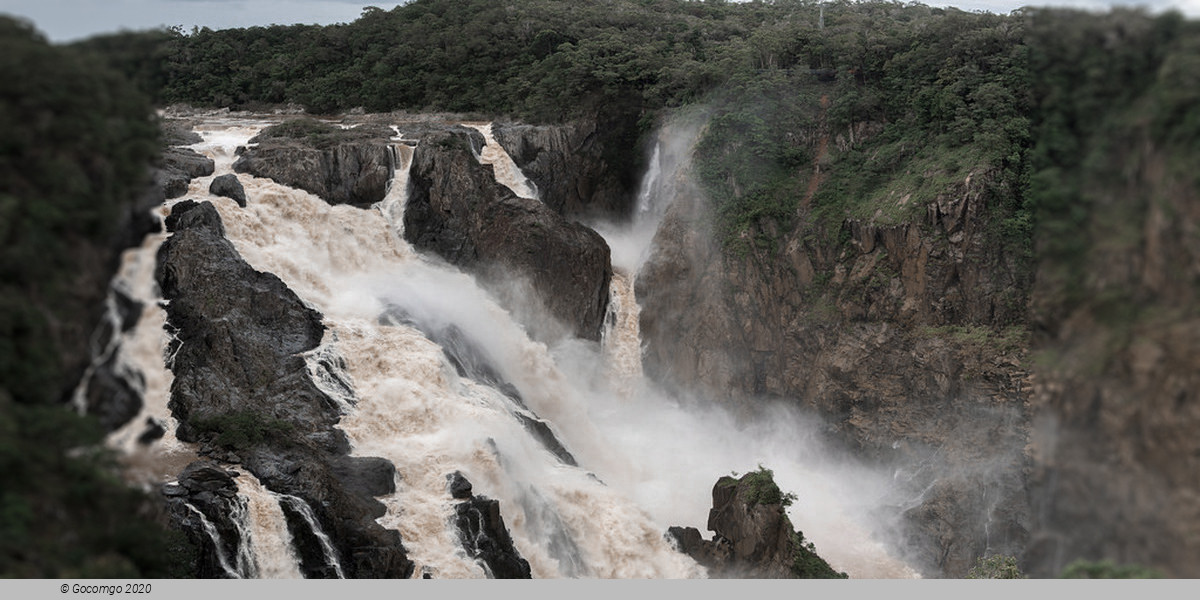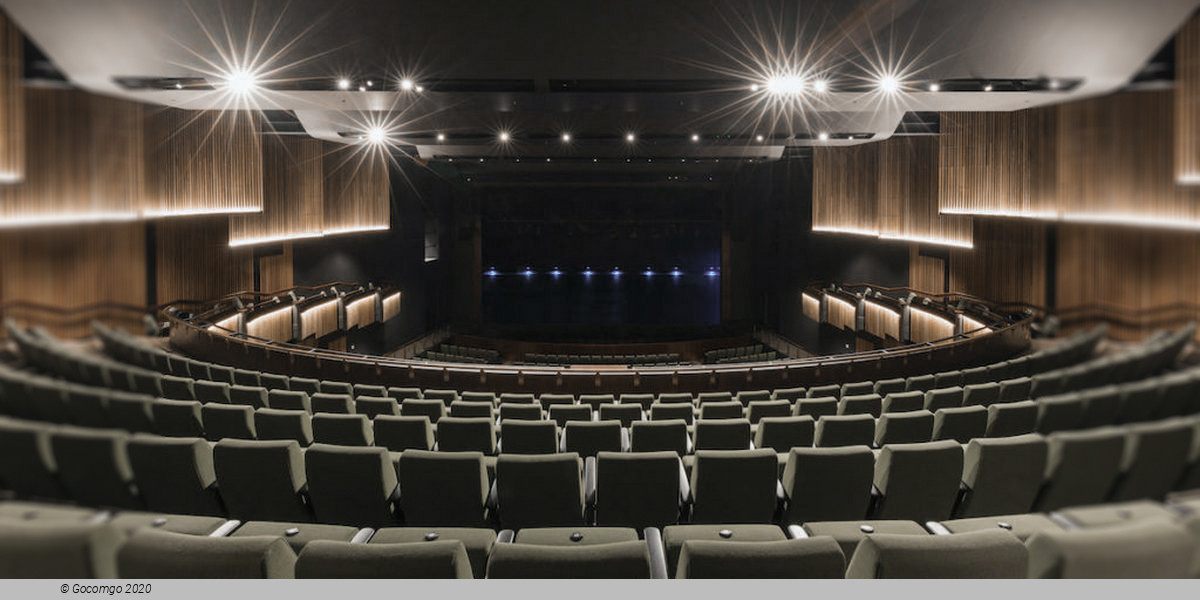Venues in Cairns

Cairns is a city in Queensland, Australia, on the east coast of Far North Queensland. The city is the 5th-most-populous in Queensland and 14th in Australia. Cairns was founded in 1876 and named after Sir William Wellington Cairns, the Governor of Queensland from 1875 to 1877. It was formed to serve miners heading for the Hodgkinson River goldfield but declined when an easier route was discovered from Port Douglas. It later developed into a railhead and major port for exporting sugar cane, gold, minerals, and agricultural products from surrounding coastal areas and the Atherton Tableland.
Prior to British settlement, the Cairns area was inhabited by the Gimuy Walubara Yidinji people, who still claim their Native Title rights. Yidinji (also known as Yidinj, Yidiny, and Idindji) is an Australian Aboriginal language. Its traditional language region is within the local government areas of Cairns Region and Tablelands Region, in such localities as Cairns, Gordonvale, and the Mulgrave River, and the southern part of the Atherton Tableland including Atherton and Kairi.
The area is known in the local Yidiny language as Gimuy.
From 1770 to the early 1870s the area was known to the British simply as Trinity Bay. The arrival of beche de mer fishermen from the late 1860s saw the first European presence in the area. On the site of the modern-day Cairns foreshore, there was a large native well that was used by these fishermen. A violent confrontation occurred in 1872 between the local Yidinji people and Phillip Garland, a beche de mer fisherman, over the use of this well. The area from this date was subsequently called Battle Camp. In 1876, hastened by the need to export gold mined from the Hodgkinson goldfields on the tablelands to the west, closer investigation by several official expeditions established its potential for development into a port. Brinsley G. Sheridan surveyed the area and selected a place further up Trinity Inlet known to the diggers as Smith's Landing for a settlement which he renamed Thornton. However, after Native Police officers, Alexander Douglas-Douglas and Robert Arthur Johnstone opened a new track from the goldfields to Battle Camp, this more coastal site became preferable. Battle Camp was renamed Cairns in late 1876 in honour of the then Governor of Queensland, William Cairns. The site was predominantly mangrove swamps and sand ridges. Labourers gradually cleared the swamps, and the sand ridges were filled with dried mud, sawdust from local sawmills, and ballast from a quarry at Edge Hill.
The Cairns Parish of the Roman Catholic Vicariate Apostolic of Cooktown (now the Roman Catholic Diocese of Cairns) was established in 1884.
Debris from the construction of a railway to Herberton on the Atherton Tableland, a project which started in 1886, was also used. The railway opened up land later used for agriculture on the lowlands (sugar cane, corn, rice, bananas, pineapples), and for fruit and dairy production on the Tableland. The success of local agriculture helped establish Cairns as a port, and the creation of a harbour board in 1906 supported its robust economic future.
The Wharf Estate Cairns went on sale in Brisbane via auction on 19 February 1889 by John Macnamara & Co. Land Auctioneers. The land was part of the place known as the Railway Reserve. The sale was described by the Auctioneers as the 'largest ever yet held in Northern Queensland'.
On 25 April 1926 (ANZAC Day), the Cairns Sailors and Soldiers War Memorial was unveiled by Alexander Frederick Draper, the mayor of the City of Cairns.
During World War II, the Allied Forces used Cairns as a staging base for operations in the Pacific, with United States Army Air Forces and Royal Australian Air Force operational bases (now the airport), as well as a major military seaplane base in Trinity Inlet, and United States Navy and Royal Australian Navy bases near the current wharf. Combat missions were flown out of Cairns in support of the Battle of the Coral Sea in 1942. Edmonton and White Rock south of Cairns were major military supply areas and U.S. Paratroopers trained at Gordonvale and the Goldsborough Valley. A Special Forces training base was established at the old "Fairview" homestead on Munro's Hill, Mooroobool. This base was officially known as the Z Experimental Station, but referred to informally as "The House on the Hill".
After World War II, Cairns gradually developed into a centre for tourism. The opening of the Cairns International Airport in 1984 helped establish the city as a desirable destination for international tourism.


